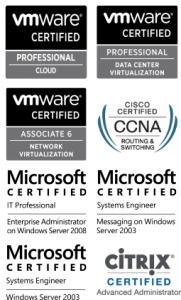I’m a huge fan of the Sysinternals Suite – Process Monitor being one of my faves – and am loving using PowerShell to do ever more, but this post is at another level: http://blogs.technet.com/b/askds/archive/2012/06/01/what-s-causing-that-dfsr-change-storm.aspx
Hopefully I’ll be able to use similar techniques for those really tricky problems that rear their ugly head from time to time. Bring it on!



